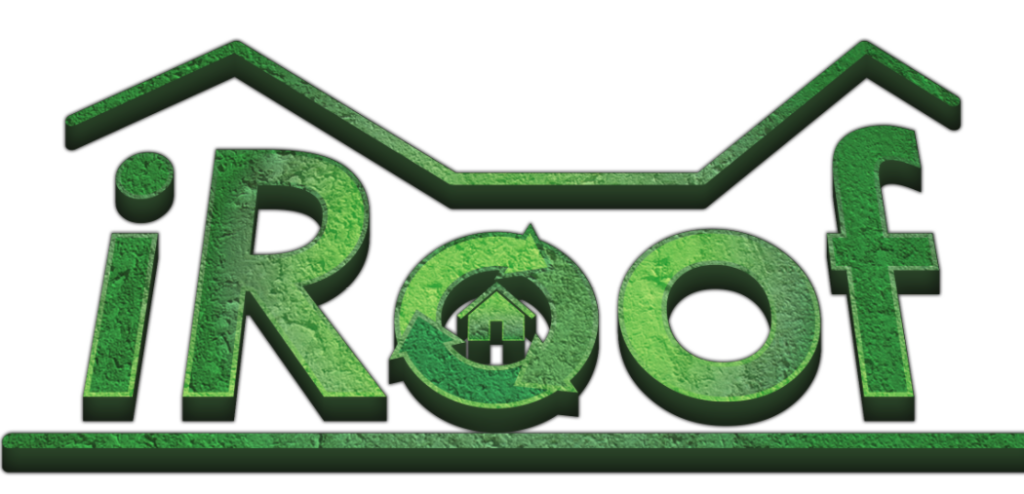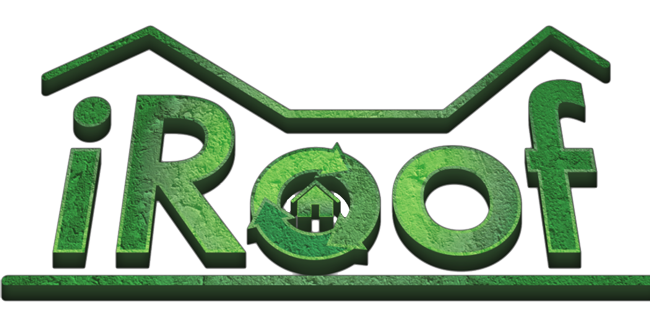The roof is something that every prudent property owner should know about; particularly, homeowners should understand how bad weather impacts the roof. After all, the quality of your roof is directly linked to your family’s quality of life inside your home.
Your roof has to endure a lot of bad weather conditions and will likewise endure a lot of storm damage. Some types of roof covering can withstand much more. However, certain weather conditions damage every roof, regardless of the type. As a homeowner, it’s important to understand these conditions so that you know when it’s time to get your roof inspected and to help with regular maintenance.
How Different Types of Weather Impacts Your Roof
Extreme Heat
When thinking about how extreme weather conditions impact your roof, extreme heat may not be the first thing that comes to mind. However, extreme heat can trigger the materials on your roof to expand as well as shrink, which can bring about structural damage on your roof over time. Shingles can fracture and come to be fragile due to the sun as well as UV-rays. As such, any compromised shingles that you discover should be promptly replaced to preserve the integrity of your roof and prevent subsequent storm damage.
Humidity
Together with heat damage, substantial roof damage can be caused by humidity. Specifically, while extreme heat typically triggers shingles to crack, moisture can cause severe dampness, condensation, leaks, and water damage to your roof covering, which will impact your roof’s useful life in the long run.
Rain
It’s no secret that rainfall is the weather condition that impacts your roof most frequently. As such, it’s especially important to evaluate your roof for any kind of leaks after heavy rainfalls. This is especially true if your roof is older, as natural wear and tear over time can make it more vulnerable to water damages. The smallest split or crack can allow water to enter, which can cause significant damage over time. Therefore, it is best to keep an eye on the gutters when you get a lot of rain in your area or when you suspect storm damage on your roof.
Snow
Snow can wreak havoc on your roof. Particularly, the water created when it melts, as well as the added weight that snow adds to your roof, can trigger either the roof or the gutters to collapse altogether. To avoid this issue, you should have the snow removed from your roof as soon as it’s safe and possible to do so.
Wind
Last but not least, storm damage triggered by high wings can likewise damage your roof. High winds can displace your roof tiles or shingles and/or shift them out of place. Even if you cannot locate your roof tiles or shingle right after a storm, you should still have your roof thoroughly inspected. Particularly, trees located close to your home that touches the roof during a storm or periods of strong winds can cause abrasions on your roof’s tiles or shingles. Additionally, branches that fall on your roof during a storm can significantly damage your roof as well.
With that being said, homeowners should be aware of the various ways that bad weather can impact their roof and plan accordingly. Regular inspection and maintenance are the best way to increase the useful life of your roof, especially if you reside in an area that frequently experiences storm damage.


